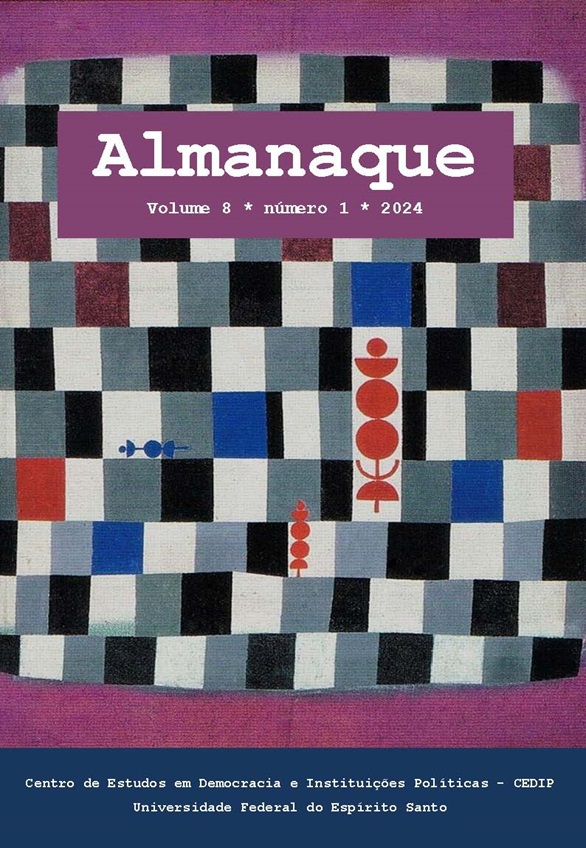Peruvian governments between 2016 and 2023: instability, non-partisanship, and low attractiveness as exchange currencies
Abstract
This research analyzes the composition of the Peruvian cabinets that succeeded each other between 2016 and 2023, a period characterized by the existence of seven heads of state, twelve premiers and more than 200 ministerial changes. At the same time, the ruling party was always in a marked minority in Congress, which raises the question of why there were no coalitions around the ruling party and, more specifically, why ministerial positions were not very attractive as a way to achieve and strengthen parliamentary alliances. However, the Peruvian case seems to go against the grain of what has happened in other regimes in the region, which are more inclined to agreements and the use of cabinets as bargaining chips. The analysis suggests that the Peruvian party system could be influencing this unexpected result, encouraging the high turnover and early departure of presidents, premiers and ministers.
Downloads
Downloads
Published
Issue
Section
License
Proposta de Política para Periódicos de Acesso Livre
Os autores mantém os direitos autorais das ideias contidas nos trabalhos e concedem à revista o direito de publicação. Os autores têm autorização para assumir contratos adicionais separadamente, para distribuição não-exclusiva da versão do trabalho publicada nesta revista (ex.: publicar em repositório institucional ou como capítulo de livro), com reconhecimento de autoria e publicação inicial nesta revista.
Os textos da revista estão licenciados com uma Licença Creative Commons Atribuição-NãoComercial-SemDerivações 4.0 Internacional (CC BY-NC-ND).






